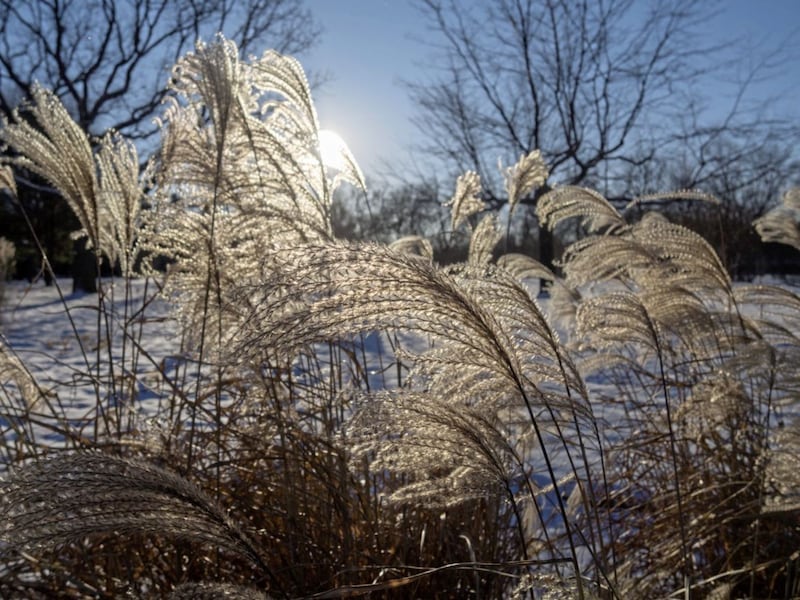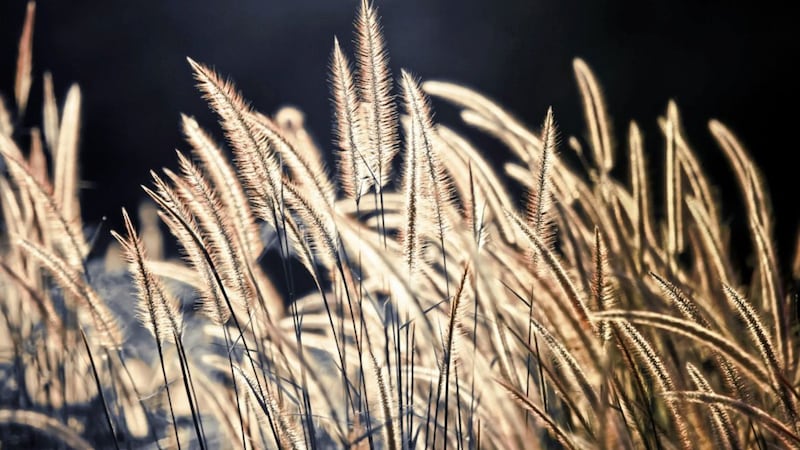IS IT just me or did the autumn foliage last longer than usual this year? And wasn't it especially eye-catching when the low sun lit the leaves of gold, russet, red, yellow, brown and green as they clung forlornly to our native trees just ahead of the winter winds' ruthless cull?
As I write, the soggy leaves on the ground outnumber those on the branches and much of the garden is becoming permanently damp, a sure sign that the darkest, coldest months are upon us. The period between now and March is the gardener's down time. The arrival of dusk in late afternoon limits what we can do outside, as does the inclement weather coupled with the lure of the central heating or wood-burning stove indoors. It's a time for seed catalogues, looking for inspiration online and in books, and for letting your imagination run wild.
If you're eager, there's still time to plant a few spring flowering bulbs and bare root trees (as long as the ground isn't frozen), take hard wood cuttings, and turn the compost heap – but generally garden chores at this time of year mostly involve tidying up.
However, when I say tidying up, I'm urging readers not to be too anally retentive about cleanliness and to appreciate that their garden isn't just a home to plants, it should be a habitat where birds, small mammals, insects and frogs can find refuge over winter.
There's also plenty of merit in the argument that certain plants gain a second life in death, their decaying exoskeletons bringing upright structure to what would otherwise be a drab, two-dimensional space.
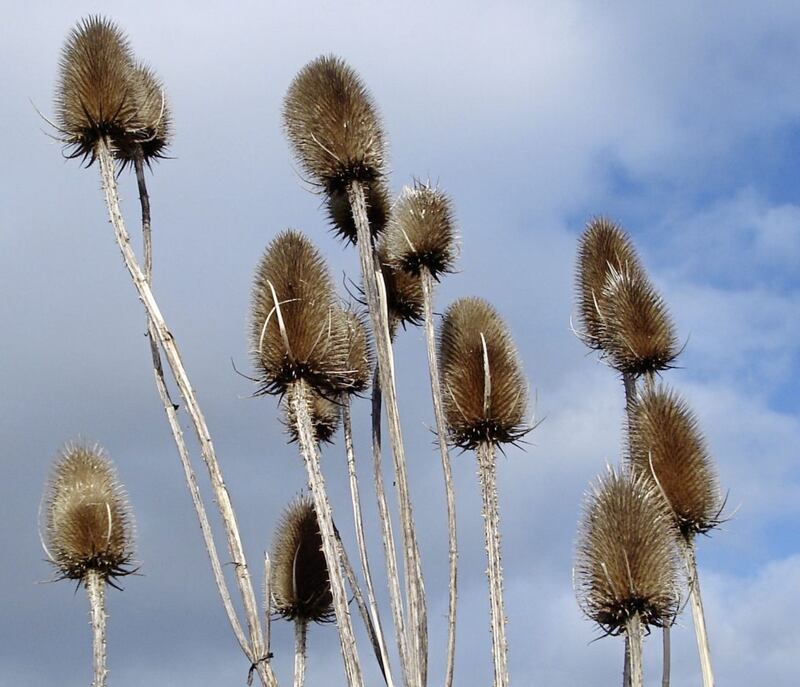
One of my favourite wild flowers is the common reed (Phragmites australis), which really comes into its own over winter. An important habitat plant in its own right, the common reed's tall golden stems are topped with feathery, flower spikes that slowly fade from dark purple to brown. Its impact grows exponentially the greater the area covered, the hypnotic repetition of the stalks and the dynamism of the flowers as the wind blows, make for a wondrous combination. It also looks beautiful when frosted on a still, crisp mid-winter's morning.
A similar effect can be achieved easily in your garden with countless ornamental grasses, which should be left to die back and only chopped or combed in the spring.
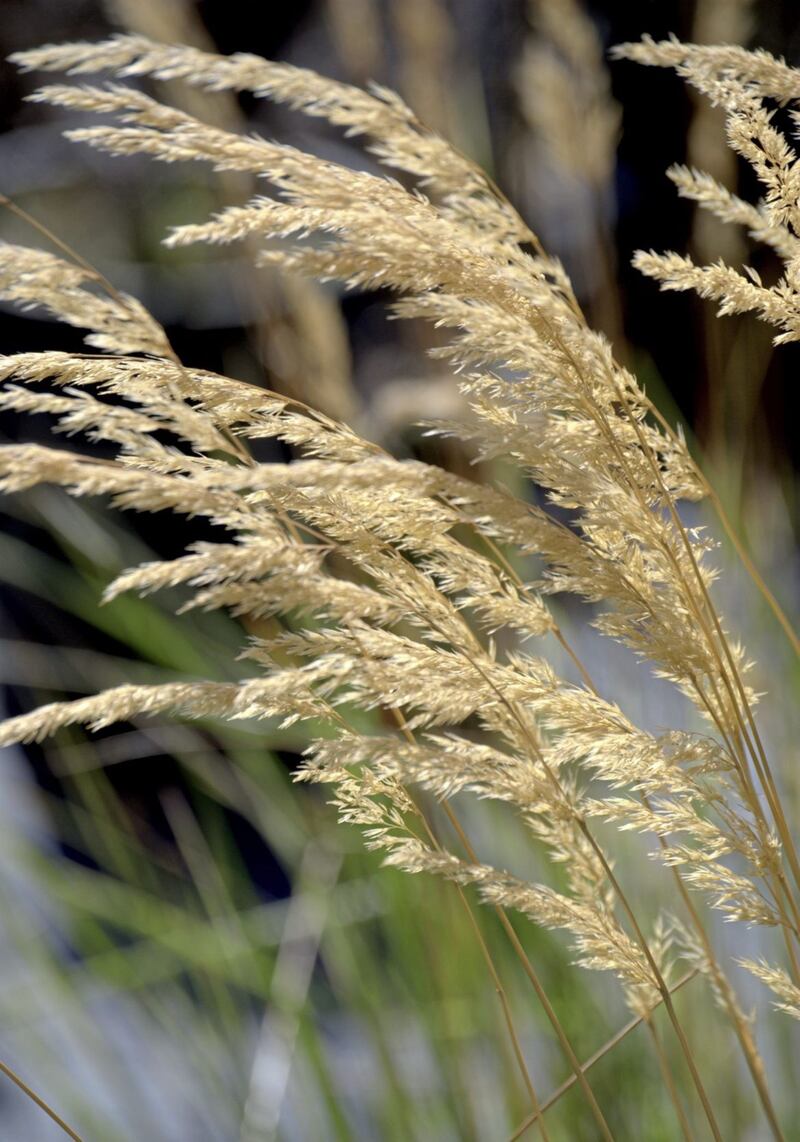
Miscanthus sinensis 'Morning Light' – AKA Japanese Silver Grass – has narrow, variegated foliage and a soft tan colour from autumn into winter, while the compact Pennisetum alopecuroides 'Hameln' spills outwards, hence the name fountain grass, though it's a plant that's unlikely to last through the entire winter.
My personal favourite grasses are Calamagrostis 'Karl Foerster', with its thin upright sheaves, and the dazzling winter gold of Panicum 'Heavy Metal'.
In fact, any plants that can be deemed architectural should be left alone.
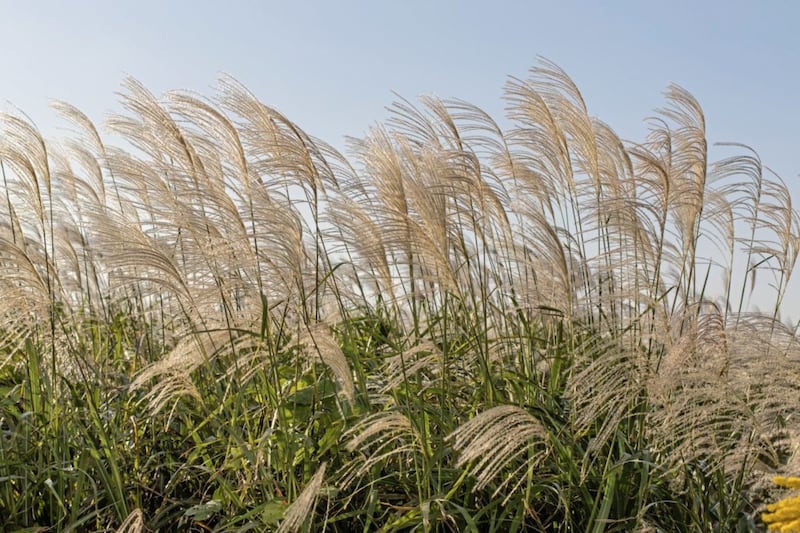
For me, this means fennel, any globe artichokes left standing, and the best native in this category, teasel. Sometimes reaching two metres, this thistle-like biennial prospers in the most unlikely places, meaning in order to enjoy it at its best you must tolerate its randomness. But if teasel settles in a spot that's agreeable to both plant and gardener, it can be spectacularly primeval, in a way that tends to unnerve traditional gardeners, who like neatness and order.
They'd probably deem it a weed. But teasel requires zero attention and will withstand strong winds, often remaining upright all winter. And the goldfinches love it too.
